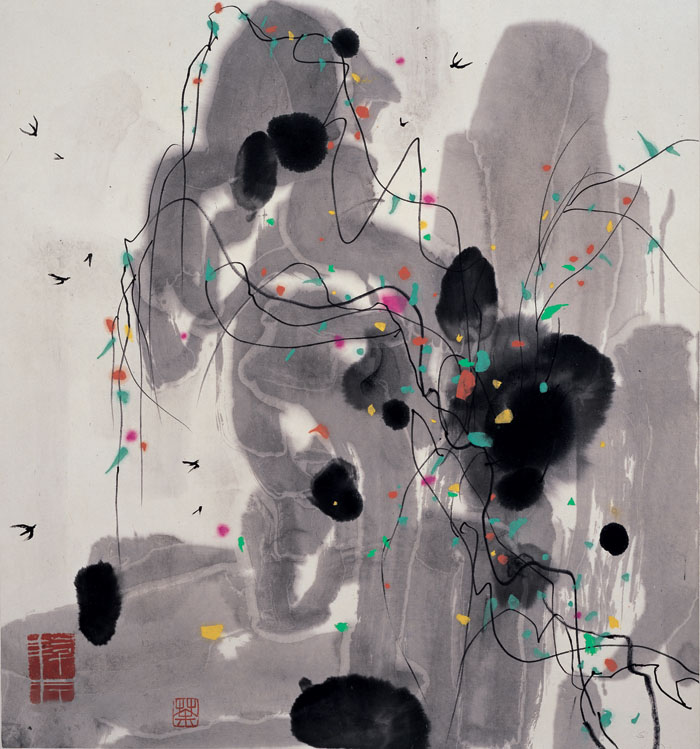Dream Interpretation
“I therefore took up a dream image or an association of the patient’s, and, with this as a point of departure, set him to the task of elaborating or developing his theme by giving fee reign to his fantasy. This, according to individual taste and talent, could be done in any number of ways, dramatic, dialectic, visual, acoustic, or in the form of dancing, painting, drawing, or modelling. Finally I was able to recognise that in this method I was witnessing the spontaneous manifestation of an unconscious process which was merely assisted by the technical ability of the patient, and to which I later gave the name the “individuation process”… In many cases, this bought a large measure of therapeutic success, which encouraged both myself and the patient to press forward despite the baffling nature of the results. I felt bound to insist that they were baffling, if only to prevent myself from framing, on the basis of certain theoretical assumptions, interpretations which I felt were not only inadequate but liable to prejudice the ingenious productions of the patient … And so it is with the hand that guides the crayon or brush, the foot that executes the dance step, with the eye and the ear, with the word and the thought: a dark impulse is the ultimately arbiter of the pattern, an unconscious a priori precipitates itself into plastic from… over the whole procedure there seems to reign a dim foreknowledge not only of the pattern but of its meaning. Image and meaning are identical; and as the first takes shape, so the latter becomes clear… the pattern needs no interpretation: it portrays its own meaning.” Karl Jung 1947
The following steps will provide a framework that will allow you to better understand your dreams and thereby better interpret the meaning of your dreams:

- Keep a pen and paper by your bed, as well as a torch with dim light.
- As soon as you awake, review the elements of your dream.
- Identify the key words from your dream. Write them down first, then write as much of the dream as you remember.
- Write down your associations to the images or symbols in your dream.
- Find amplifications of the images or symbols in your dream.
- Note the context of the events in your outer life at the time of your dream, as well as the setting of your dream.
- Look at the structure of your dream, including the initial situation, how it develops or changes, the action, the climax and the ending.
- Note the characters in your dream and determine if there is an identifiable protagonist.
- Note any particular emotions or feelings associated with your dream.
- Keep a journal of your dreams with all your notes.
